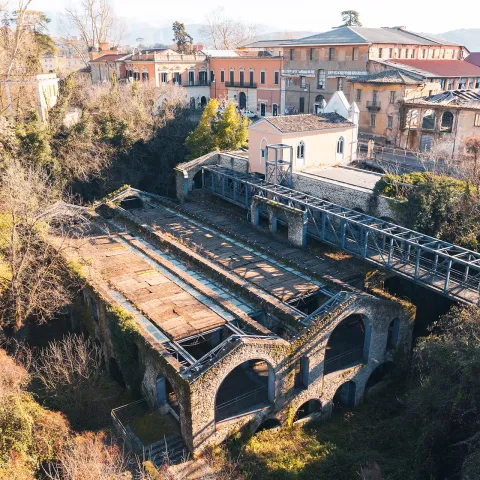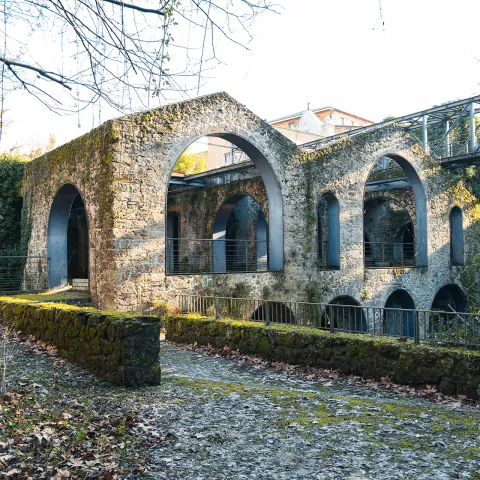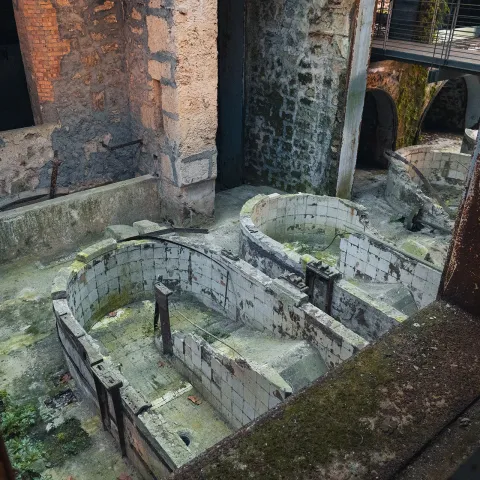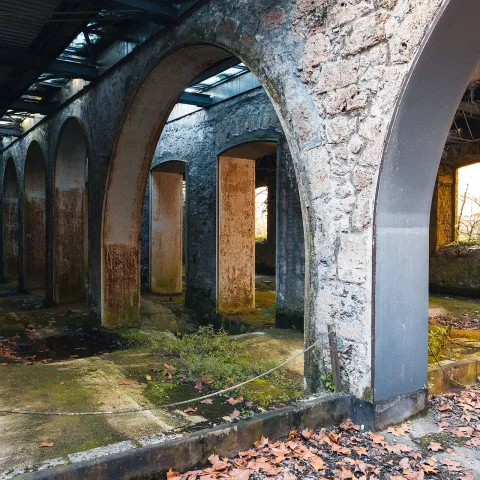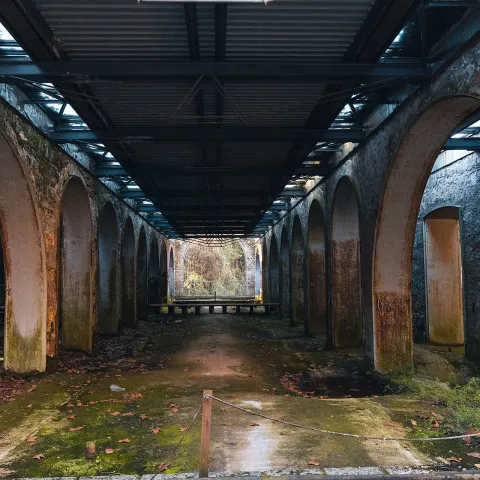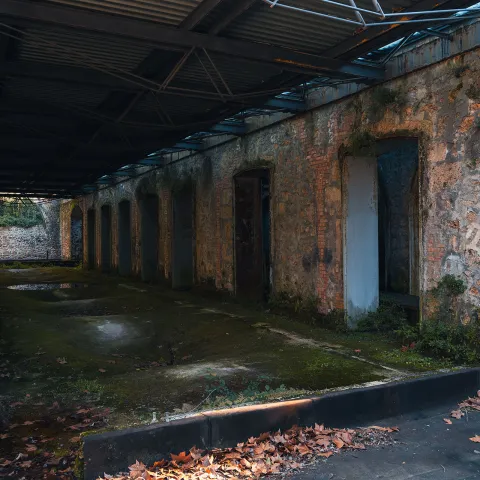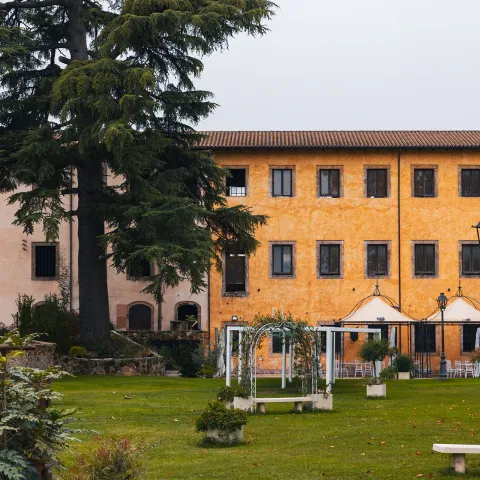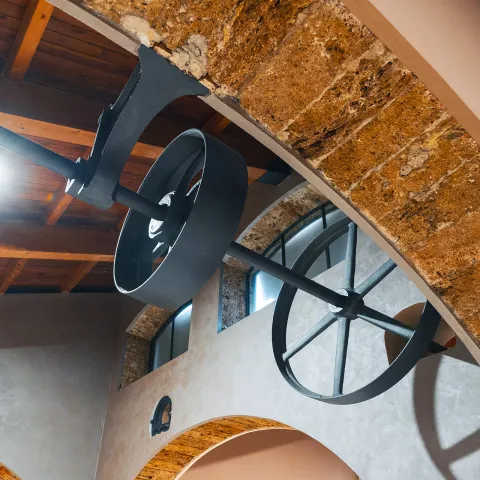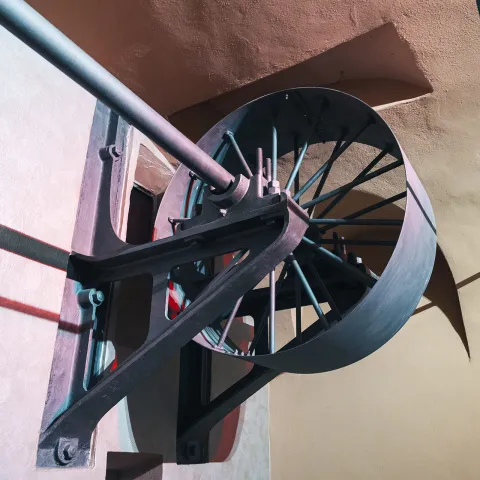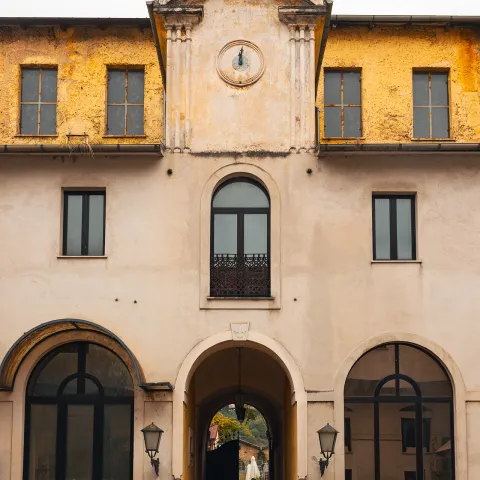Lefebvre Ex Paper Mill
This vast industrial complex, located in the Tavernanova district and originally known as the Fibreno Paper Mill, represents the first large "modern" paper mill in the Kingdom of Naples
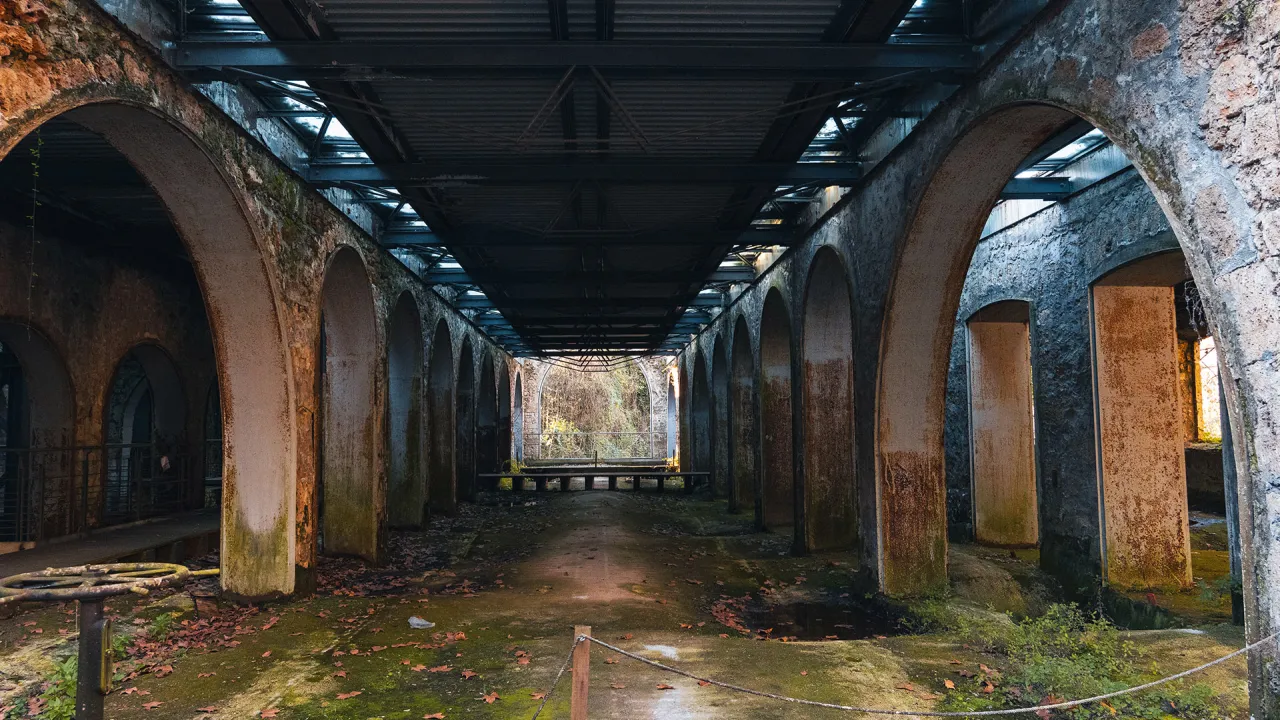
The factory's initial nucleus was established by Carlo Antonio Beranger on the site of the former Carmelite convent of Santa Maria delle Forme.
Beranger also laid the foundation for the creation of a working-class neighborhood, which reached maximum expansion by the end of the 19th century. This transformation turned what had previously been a rural hamlet into the “good neighborhood” of Isola del Liri, famously referred to as "Little Paris" due to its elegant atmosphere. The area became home to the town’s upper class, predominantly composed of French entrepreneurs who owned many local businesses. By 1813, the paper mill was already in full operation, boasting modern machinery driven by a large water wheel powered by the water from the Fibreno River. It played a pivotal role in the proto-industrial economic framework of southern Italy, marking a significant development in the region’s industrial history.
After Beranger’s death in 1822, the paper mill was passed onto Carlo Lefebvre, a French financier who had arrived in Naples in Joachim Murat’s entourage to oversee various financial ventures. Lefebvre was instrumental in the industrial expansion of the Fibreno Paper Mill. As a result, Isola del Liri (then still known as Isola di Sora) began to develop into a true industrial hub, giving Media Valle del Liri the nickname “Valley of Industries” or the “Manchester of the Neapolitan area.”
The original factory complex, which included the former convent and church buildings, was flanked on the left by the Lefebvre family residence, while additional production facilities were constructed at the rear. On the opposite side of the road, below street level was another complex of production buildings overlooking the Liri River and dominated by a small neo-Gothic church.
Currently some of the former paper mill premises are occupied by a restaurant.
PHOTO GALLERY

VIDEO


